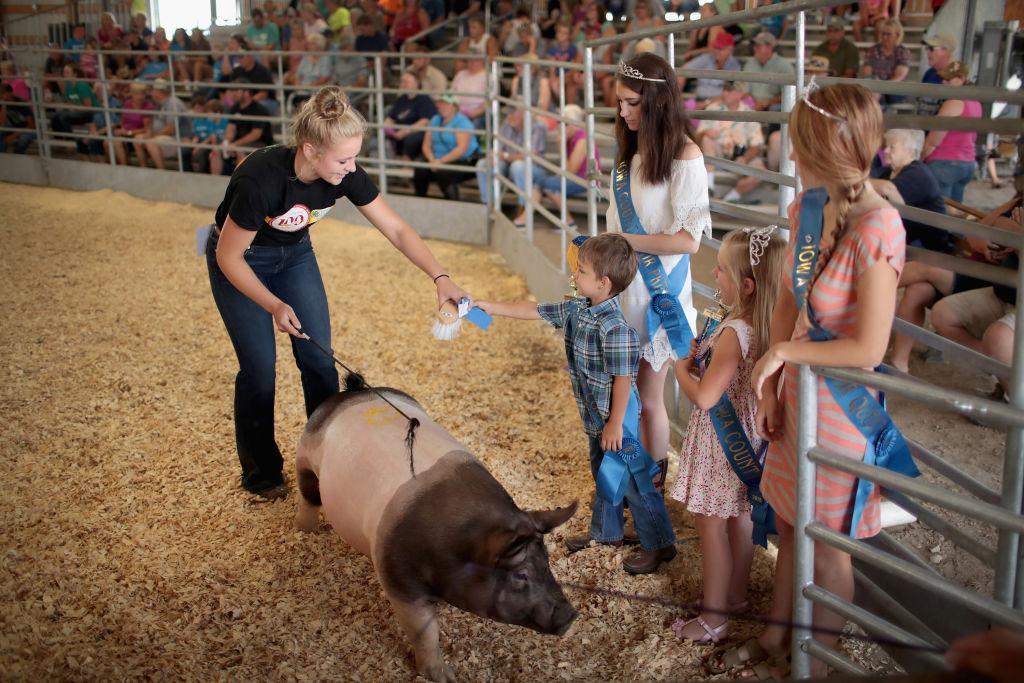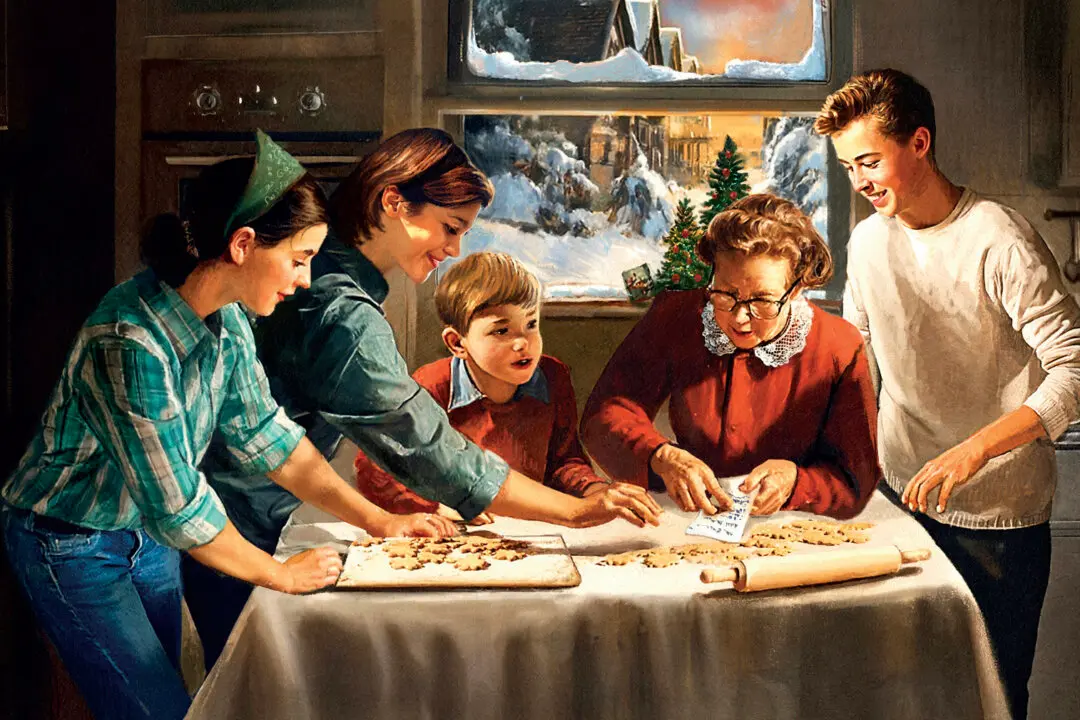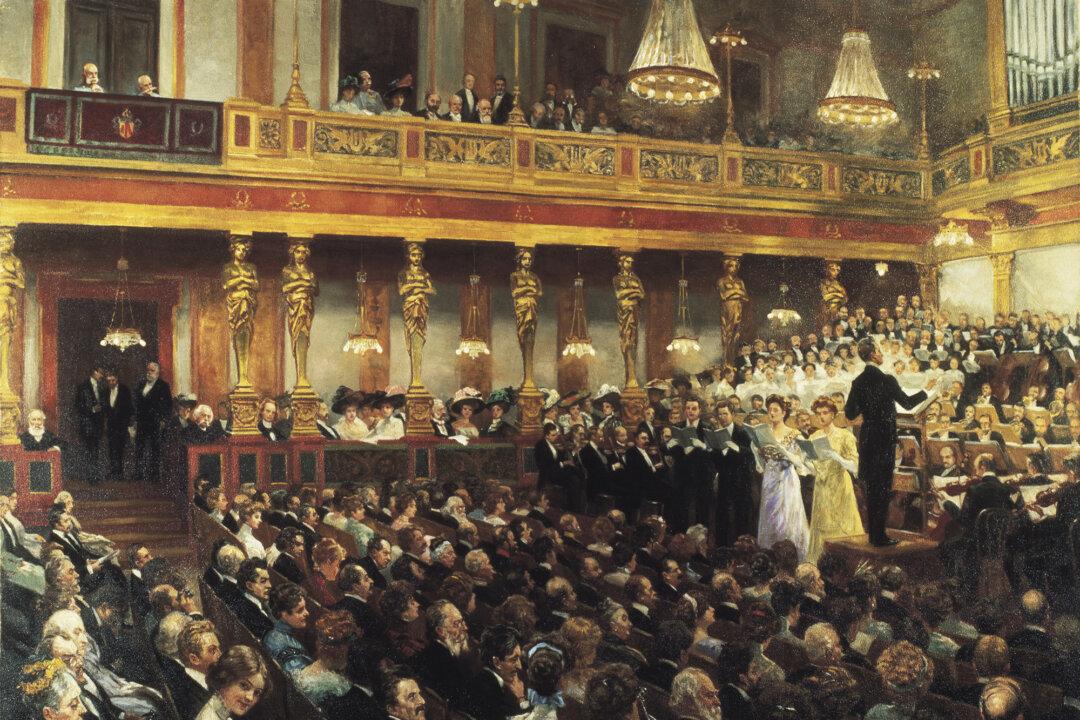The sawing of crickets and the sight of overgrown gardens, dried-out lawns, and back-to-school sales all signal that summer is drawing to a close. But that very last rose of summer is often the arrival of the county or state fair.
I’ve never entered anything in the state fair myself, but I’ve certainly looked over the various entries that I could have competed against with a critical eye.






